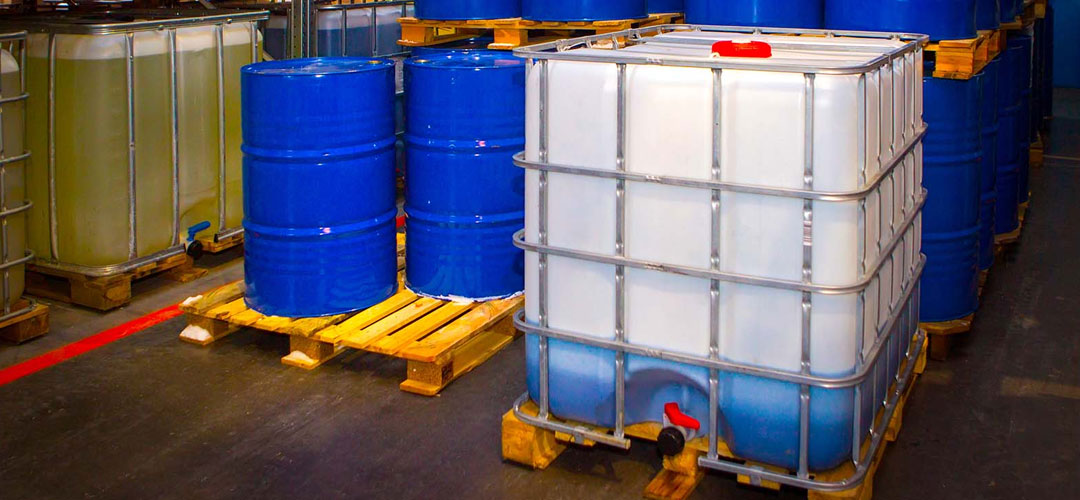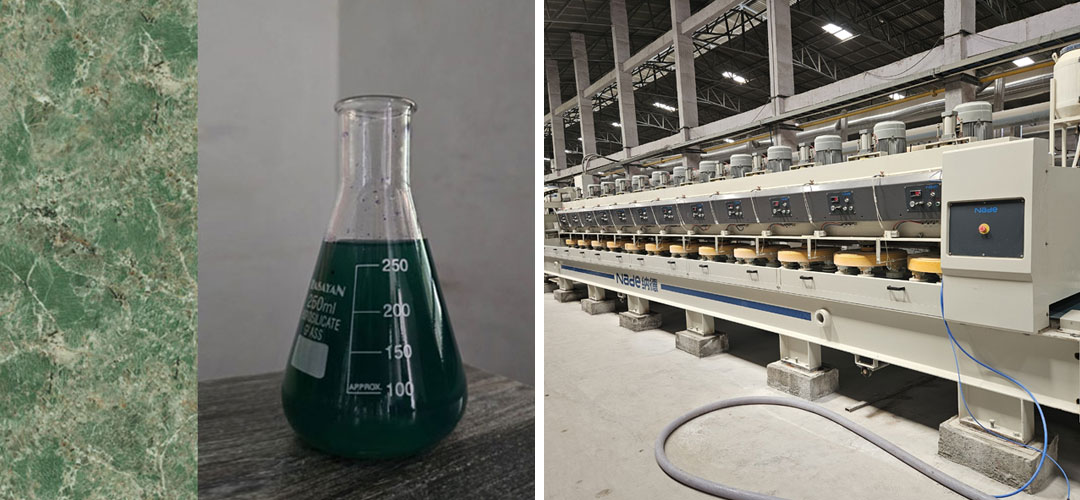Differences Between Nano A, B, and C Ceramic Tile Polishing Chemicals
When it comes to ceramic tile polishing chemicals, Nano A, B, and C are three distinct formulations designed to address specific needs and requirements. Understanding the differences between these variants is essential for selecting the most suitable option to achieve desired outcomes. Let's explore the primary distinctions between Nano A, B, and C ceramic tile polishing chemicals.
Nano A : Precision Polishing and Restoration
Nano A is formulated for precision polishing and restoration of ceramic surfaces, especially those with scratches, stains, or dullness. It contains nano-sized abrasive particles suspended in a liquid carrier, enabling controlled material removal while minimizing damage to the underlying substrate. Nano A focuses on removing imperfections and achieving a smooth, uniform surface finish, making it ideal for renovating worn or damaged ceramic tiles.
Nano B : High-Gloss Finishing and Protection
In contrast, Nano B is tailored to provide high-gloss finishing and long-lasting protection to ceramic surfaces. It creates a protective barrier on the surface, shielding it from stains, water damage, and wear, while imparting a glossy sheen. Nano B incorporates hydrophobic and oleophobic compounds to repel water, oil, and other contaminants, reducing maintenance requirements and preserving the appearance of newly installed or recently polished ceramic tiles.
Nano C : Reflectiveness and Smoothness Enhancement
Nano C type tile polishing chemical is a cutting-edge liquid formulation designed specifically to impart a luxurious, high-gloss sheen to ceramic tiles. It is typically made from colloidal silica, which is a suspension of microscopic silica particles in water. Through its application, Nano C penetrates the intricate micro-crevices of tile surfaces, where its silica constituents work diligently to fill minuscule voids, thus fostering a remarkably uniform and impeccably smooth finish.
Conclusion :
In summary, Nano A, B, and C ceramic tile polishing chemicals each serve distinct purposes and offer unique benefits. Nano A focuses on precision polishing and restoration, Nano B emphasizes high-gloss finishing and protection, while Nano C prioritizes anti-slip treatment and safety enhancement. By understanding the differences between these formulations, professionals can choose the most appropriate option to achieve optimal results and meet specific application requirements.








